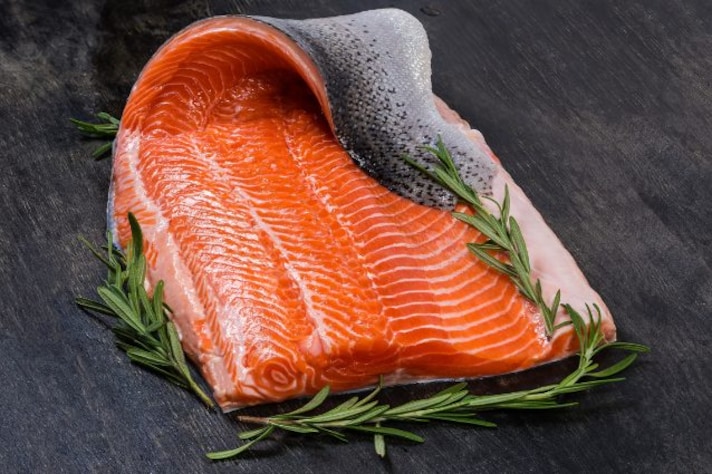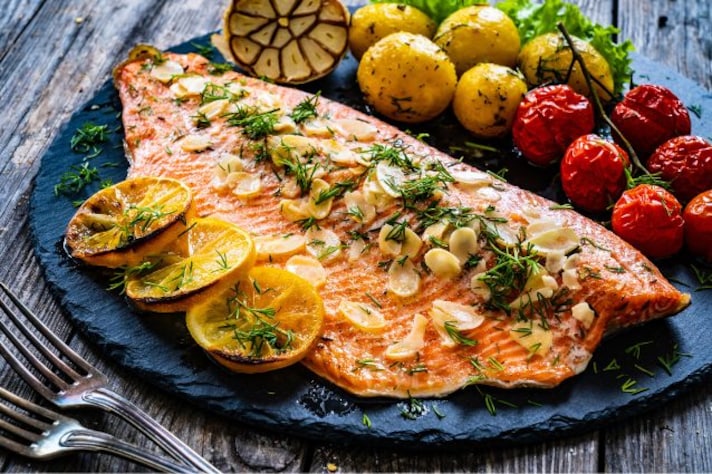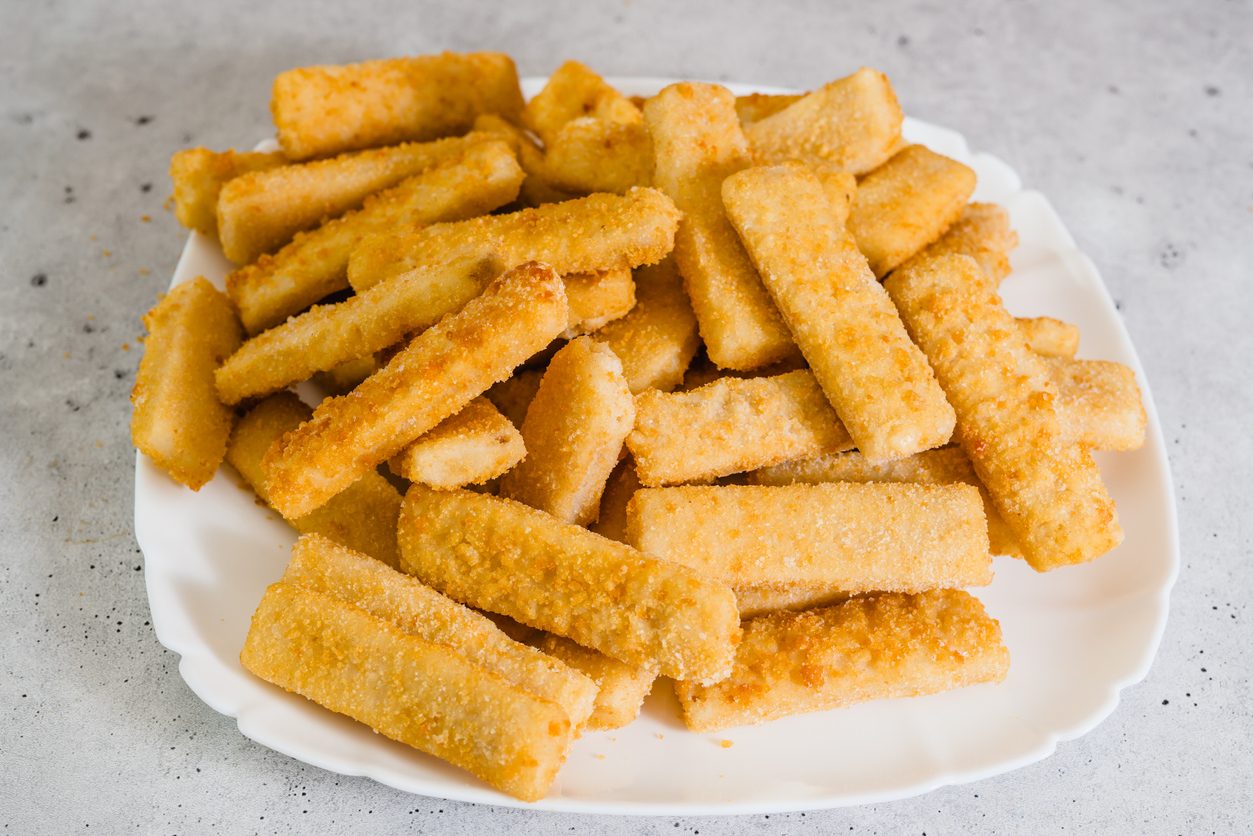Why You Should Never Sous Vide Trout and Rainbow Trout
Sous vide isn't ideal for trout and rainbow trout due to their delicate texture and mild flavor. This method can make them mushy, waterlogged, and bland. Traditional cooking techniques like grilling, baking, or pan-searing better preserve their texture and flavor. Additionally, sous vide poses food safety risks and struggles with achieving crispy skin, leading to inconsistent results.

Sous vide cooking, the method of vacuum-sealing food and cooking it to precise temperatures in a water bath, has revolutionized the culinary world. It allows for unparalleled control over texture and doneness, making it a favorite among chefs and home cooks alike. However, not all foods are well-suited to this method. Trout and rainbow trout, in particular, are fish that should generally be avoided when using sous vide. Here’s why.
Texture Issues
One of the main reasons to avoid sous vide for trout and rainbow trout is the texture. These fish have delicate, flaky flesh that is prone to becoming mushy when cooked sous vide. The prolonged exposure to even low temperatures can break down the structure of the fish, resulting in a less desirable texture compared to traditional cooking methods like grilling, baking, or pan-searing.
Flavor Dilution
Trout and rainbow trout have a distinct, mild flavor that can be easily overwhelmed. Sous vide cooking often involves the use of marinades or flavor-infused oils in the vacuum bag. While this technique works wonders for meats and sturdier fish, the subtle taste of trout can get lost. Instead of enhancing the natural flavors, sous vide can dilute them, making the fish taste bland.

Moisture Retention
While sous vide is celebrated for its ability to retain moisture in meats, this feature can backfire with trout. These fish are already quite moist, and the sous vide method can make them overly wet, leading to a waterlogged texture. Traditional cooking methods that allow some moisture to escape tend to produce a more appealing, flakier end product.
Cooking Time and Temperature
Trout and rainbow trout are best cooked quickly at high temperatures to preserve their delicate texture and flavor. Sous vide cooking, which relies on low temperatures and long cooking times, is not ideal for these types of fish. Even slight variations in temperature and time can significantly impact the quality of the final dish, making it difficult to achieve the perfect texture.
Risk of Overcooking
Despite sous vide’s reputation for precision, there is still a risk of overcooking delicate fish like trout. The window between perfectly cooked and overcooked can be narrow. If left in the water bath for too long, even at a low temperature, the fish can become overly soft and unpalatable.

Difficulty in Achieving a Crispy Skin
One of the delights of eating trout is the crispy skin that comes from searing or grilling. Sous vide does not allow for crispy skin directly, as the fish is cooked in a vacuum-sealed bag submerged in water. Achieving a crispy skin requires an additional step, such as broiling or searing post-sous vide, which can be cumbersome and can negate the time-saving benefits of the method.
Food Safety Concerns
While sous vide is generally a safe method of cooking, fish can present unique challenges. Trout and rainbow trout can contain parasites that are typically killed during traditional cooking methods that reach higher temperatures. Sous vide cooking at lower temperatures requires precise control and extended times to ensure safety, and any deviation can pose a risk of undercooking and foodborne illness.
What is The Best Way to Cook Trout, Then?
There are simply better ways to cook trout and rainbow trout. Techniques like pan-searing, grilling, and baking are more suited to these types of fish, providing the ideal combination of texture and flavor. These methods also allow for the addition of aromatic herbs, spices, and other seasonings that complement the fish without overwhelming its natural taste.
;Resize,width=767;)
;Resize,width=712;)
;Resize,width=712;)
;Resize,width=712;)
